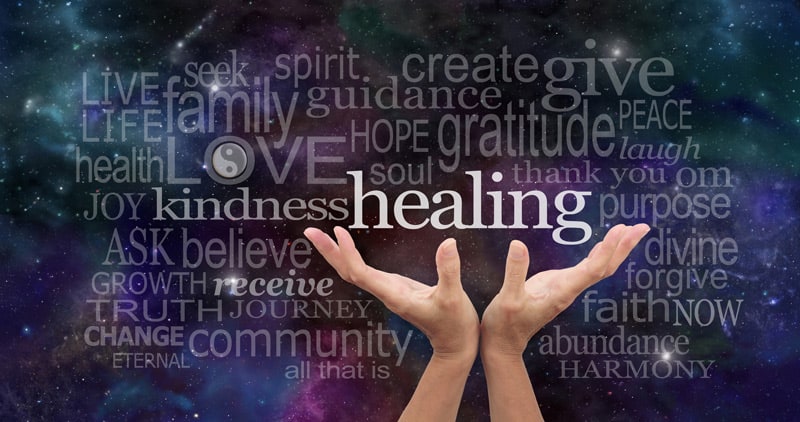
Over the last several weeks, our world and our emotions have been rocked again by inexplicable violence and the unfathomable killing of innocent children and adults in what should be safe places. Watching news reports, as well as hearing about these shootings, have the potential to activate a trauma response (especially fear or anxiety) in children, families, and the larger community.
There is no easy answer. No single remedy for healing. But, as dedicated champions for children and families, we have compiled strength-based tools from multiple trusted and respected sources. And, please, never forget that Starfish is here for you.
Methods for healing
High profile acts of violence, particularly in a school, can confuse and frighten children who may feel they’re in danger or worry that their friends or loved-ones are in jeopardy. This is true even if the incident didn’t occur locally. Children identify with other children regardless of location—which may trigger signs of anxiety. This is normal. If behaviors persist over time, professional help may be needed. (Source: American Psychological Association)
What to look for?
- Sudden changes in behavior: Trouble sleeping, difficulty with concentrating on school work or home responsibilities, changes in appetite, and changes in mood.
- Regression: Do they struggle with activities that have previously been mastered, such as tying shoes (for little ones).
- Despondency: Are they isolating, having crying spells or unpredictable outbursts.
How can we support our children?
Children look to us for information, reassurance, and guidance about how to navigate their emotions in a healthy, safe, and productive way. The best thing we can do is listen. Listening to our children about their worries and concerns is the first step to help them begin to cope (Source: National Association of School Psychologists)
- Make time to talk and listen to the concerns and feelings of children.
- Use language and ideas that are age-appropriate and appropriate for each child’s needs.
- Help your child to identify their feelings.
- Reassure children they are safe and review safety procedures.
- Create a sense of safety by returning to normal, predictable routines as soon as possible.
- Limit the use of media consumption of violent events to lower their stress and to maintain balance and perspective.
Model healthy behavior
It’s natural to be anxious right now. It’s perfectly okay to feel sad. Children, however, pick up on what we say and do and take cues from us. So, first and foremost, care for yourself. Sometimes, just taking time to sit in our emotions is exactly what we need.
- Get adequate sleep.
- Set an example by turning off the television, radio, or social media.
- Talk to other parents.
- Go for a walk, embrace the healing benefits of nature.
- Connect with your community.
Resources
- Parent Guidelines for Helping Youth After the Recent Shooting (The National Child Traumatic Stress Network)
- Helping Children Cope with Frightening News (Child Mind Institute)
- Coping in the Aftermath of a Shooting (American Counseling Association)
- The Virtual Wellness Center has resources and tools for parents and educators.
- The National Child Traumatic Stress Network provides resources that can be filtered by topic or keyword and by audience with a focus on how adults can identify traumatic responses in young people and how to support them.
- Compilation of mental health resources for parents, students, and educators.